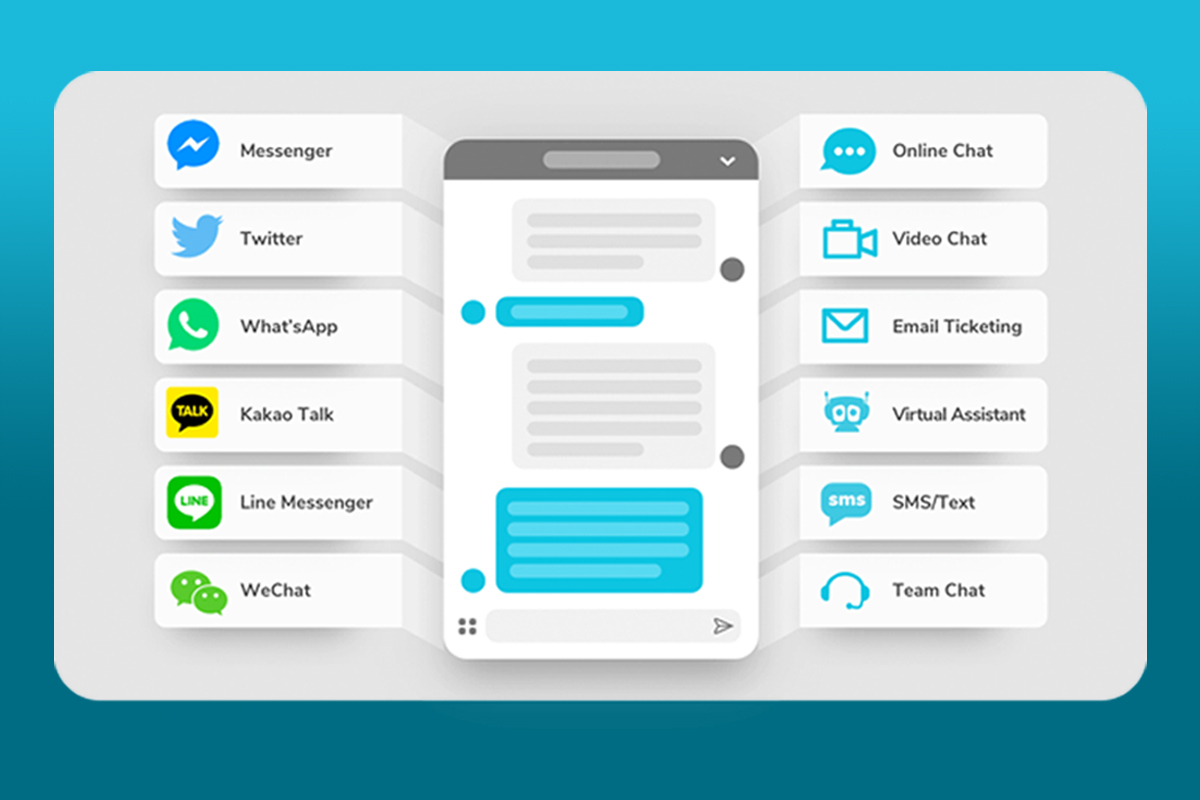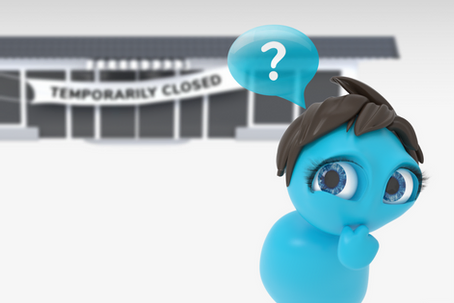Customer experience is a huge determinant of customer retention and overall company sales. While most customer experiences are scattered across different departments and activities, having a Customer Experience (CX) manager is key to consolidate and optimize various customer touch point interactions. The CX manager’s role is conclusively to meet the customer’s needs to ensure customer loyalty and satisfaction, both online and in store.
A CX manager is responsible for bridging the gap between customers and the brand to ensure that the touchpoints across the customers’ journey are engaging, efficient and effective.
Daily Workflow of a CX Manager
A successful customer experience manager often increases customer satisfaction rates, increases customer loyalty and gains more referrals from those loyal customers. The genesis behind this idea is that customer experience managers usually are involved in the backend of everything, be it a website, CRM, live chat software, surveys or video shopping tool. They’re watching numbers and sales, and figuring out how to optimize marketing programs and flows to eliminate friction.
A CX manager conducts an analysis by reviewing available data and anecdotal feedback, and identifying any loopholes. Relevant improvements to the customer journey are made following this analysis. These changes are aimed at helping improve customer relations by anticipating any questions or needs the customers may have and solving for them in advance of future interactions.
The data analysis can also help segment the audience of the brand into different groups that are effective for different sales strategies such as age, demographic and gender. The CX manager is also responsible for taking charge of customer support teams and showing them the most effective way of handling different clients, especially if they are tier one and premium clients.
Importance of Customer Experience in Customer Retention
People want more of the things they enjoy. That is why giving a customer a good experience will increase the chances of coming back and referring others. Some of the things that reflect or enhance customer service include:
- Being met with courtesy from the staff
- Receiving clear information
- Making information easily available
- Tasks requiring minimum effort to complete them
- Minimal time of delivery for goods and services
- Seamless shopping or customer experience
An enhanced customer experience leads to: more cross-selling and up-selling of products, increased customer satisfaction that reflects your brand positively, and increased stock performance and valuations. An increase as low as 5% in customer retention rate could increase sales from 25% to 95%!
Challenges and Blind Sides For Customer Experience Managers
While seeking to improve clients’ customer experiences, and in this process of clienteling and developing programs, CX managers may meet obstacles caused by missing facts. One of them is unstructured, outdated or unavailable data. When the market data is not up to date with the dynamic changing market structure, the CX manager is likely to make an incorrect analysis.
It is also difficult to understand the patterns and behaviors of the customer without accurate data. Is your CX team using an omnichannel solution that connects every customer touch point in one? Or are you manually having to connect the dots for each of the types of software?

You can put the best customer experience tools in place, but then connecting the customer touch points together across disjointed platforms is often laborious. This is what makes the task of tracking the true journey and experience, and gathering the most accurate data, difficult. This situation often leaves CX managers with only a portion of the entire story.
And for most companies, the concept of building and optimizing an effective customer experience team is met with internal friction because this team struggles to draw a direct line to positive ROI. Well what if you could? What if your CX team could keep up with the present omni-channel market experience that’s leading the industry?
Customers want to find information at their convenience on your website. They would also love to look at stock availability before purchase, see textures and details that they would normally be able to see in store, or even purchase online after visiting your physical shops. It, therefore, means that your online systems should be seamless to provide the same experience you could provide to your in store customer as you do in your virtual store.
The best customer experience approach is also in tailoring customer experience to appeal uniquely to each customer. Tailoring the experience to be unique for each customer can be hard, especially without relevant data. When it comes to measuring customer experience progress, it can be difficult to have an accurate metric or system.
Integrating Omnichannel Customer Experience Technology in CX Management
What more could a CX manager be learning and implementing daily? The retail industry’s fragmentation of relevant information can cripple the CX managers’ workflow and efficiency. That is why equipping a CX manager with the right technological tools can be the ultimate game-changer. Normally, it takes a lot of different tools and software to integrate the data analysis process. However, Powerfront offers an all-in-one tool called INSIDE.
Gucci implemented an omnichannel customer service tool that provided their team with insights into the tastes and buying habits, so they could provide high-touch and personalized service through their customers’ preferred channel.
Neiman Marcus discovered an enterprise live chat software that gave their team the opportunity to up their customer service game. Now they can deliver an online experience that’s just like a face-to-face experience with the online customer.
INSIDE is a dynamic tool that can be used both on desktop and mobile as an application to help in proactive customer communication. INSIDE helps back-end customer service and front-end in-store salespeople to communicate with online shoppers, monitor their shopping habits, and video call them to carry out product demonstrations and more. It’s an in-store experience at the convenience of the shopper.
This essentially gives online shoppers the same helpful, friend, luxury experience they would have received if they went to the store, and allows retailers to empower their in-store staff to continue making sales.
Benefits Of Using INSIDE
The CX manager’s core concerns are minimizing friction points beyond their control, discerning what the customers’ sentiments are, and filling in the gaps in the customer journey and services. INSIDE helps to take a proactive approach and understand the customer’s sentiments. The online journey experience is greatly improved, and you can conduct a journey mapping of the customer for future prediction or data collection.
Since implementing INSIDE in 2018, both Kiehl’s and Lancôme have seen a 430% increase in conversion rates, explicitly due to leveraging the tool’s live chat and proactive chat features.
VIP and tier 1 customers can also benefit from getting premium services more easily. You get to speak to customers and fulfil them when they react. Net Promoter Score (NPS), Customer Satisfaction (CSAT), Customer Effort Score (CES), Customer Churn Rate, Customer Retention are also increased with the use of INSIDE.
INSIDE is the most comprehensive tool in the marketplace that shows the entire customer journey and experience and plugs the sales or customer service reps directly in with the people on all platforms they’re using. Join many companies using proactive chat and video solutions for their company, such as L’Oréal, Gucci and Staples.
Getting Started On INSIDE
It’s not hard at all! All you have to do is schedule a demo with us today, contact us or visit our website for more information. Get started on improving your customer experience journey with INSIDE, and set yourself on the path to greatness.


